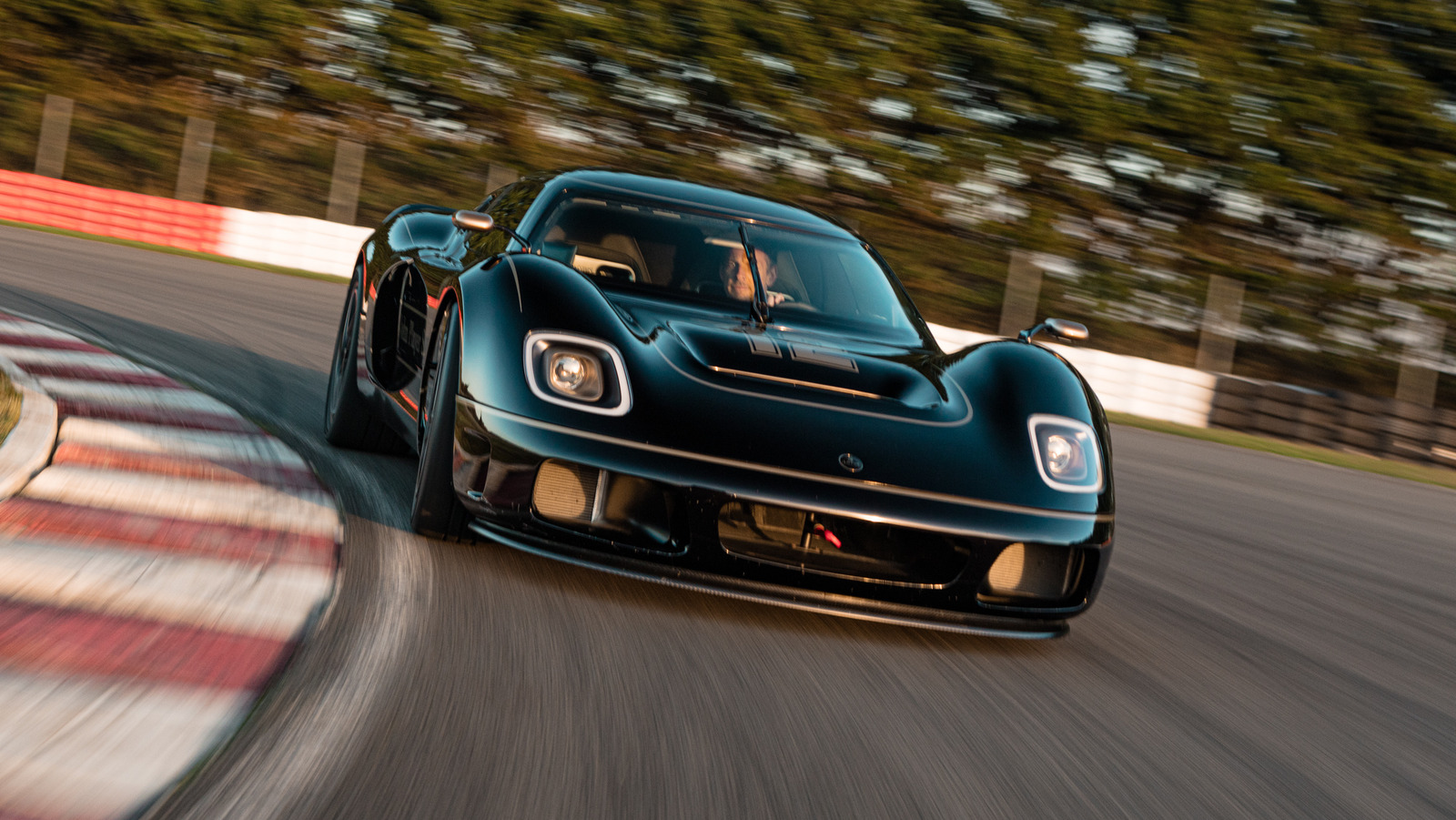
In 1990, an unnamed businessman from the UAE contacted German racing car manufacturer Lotec and asked for the fastest car in the world. With the promise of a blank check, Lotec began developing the car in 1991, and by 1995, the C1000 was finished. It featured a 5.6L Mercedes twin-turbocharged V8 engine that made over 1,000 horsepower. According to Motor1, Lotec claimed the car had a 0-62 mph time of just 3.2 seconds, and a top speed of 268 mph. The C1000 was strictly a one-off, but at a development cost of $3.4 million, it’s not like many other buyers could have afforded one anyway.
Creating the C1000 gave Lotec owner Kurt Lotterschmid the supercar bug, and shortly after development finished, he set about building a follow-up. By 2001, the brand’s next car, the Sirius, was unveiled. It was planned that five units a year would be created, each car selling for $462,000. The Sirius featured a mid-mounted Mercedes V12 making 850 horsepower, with many of the car’s internals derived from Lotec’s racing parts bin. It was a similar recipe to the Pagani Zonda, which launched just a few years prior, and shared the same engine. However, unlike Pagani, Lotec couldn’t drum up much interest in its ultra-expensive supercar, and only one example of the Sirius ended up being built.
Stay connected with us on social media platform for instant update click here to join our Twitter, & Facebook
We are now on Telegram. Click here to join our channel (@TechiUpdate) and stay updated with the latest Technology headlines.
For all the latest Automobiles News Click Here
